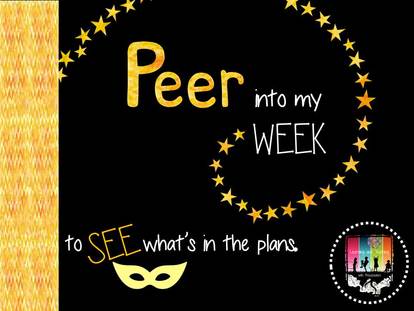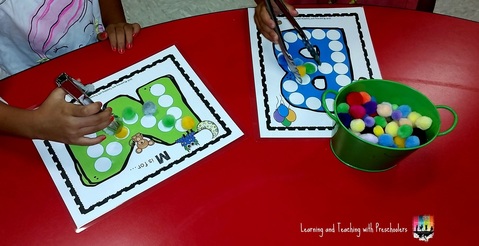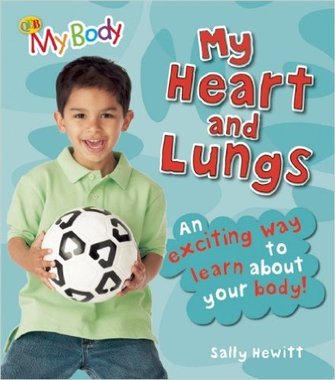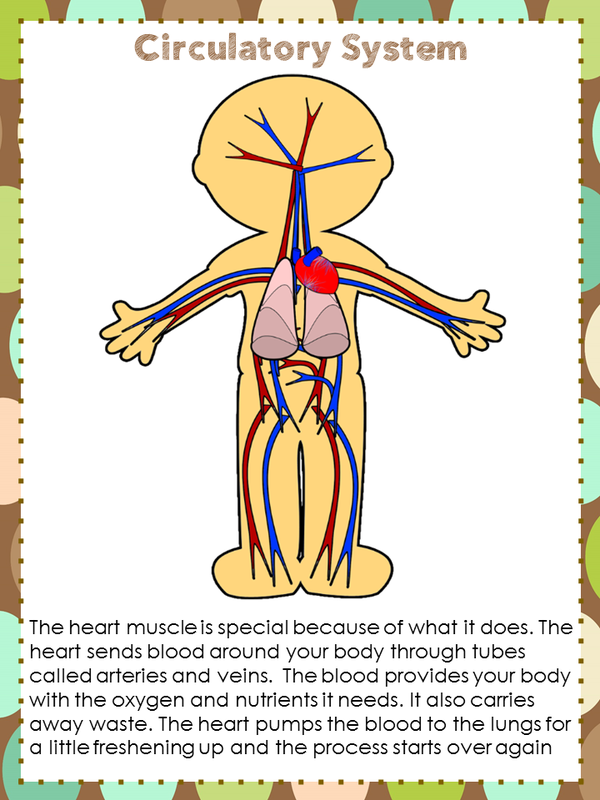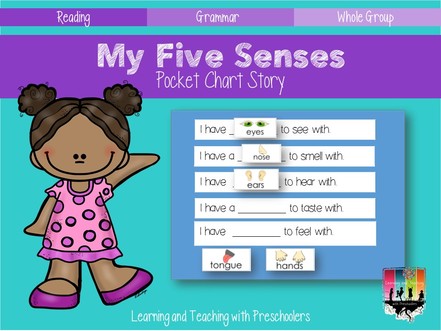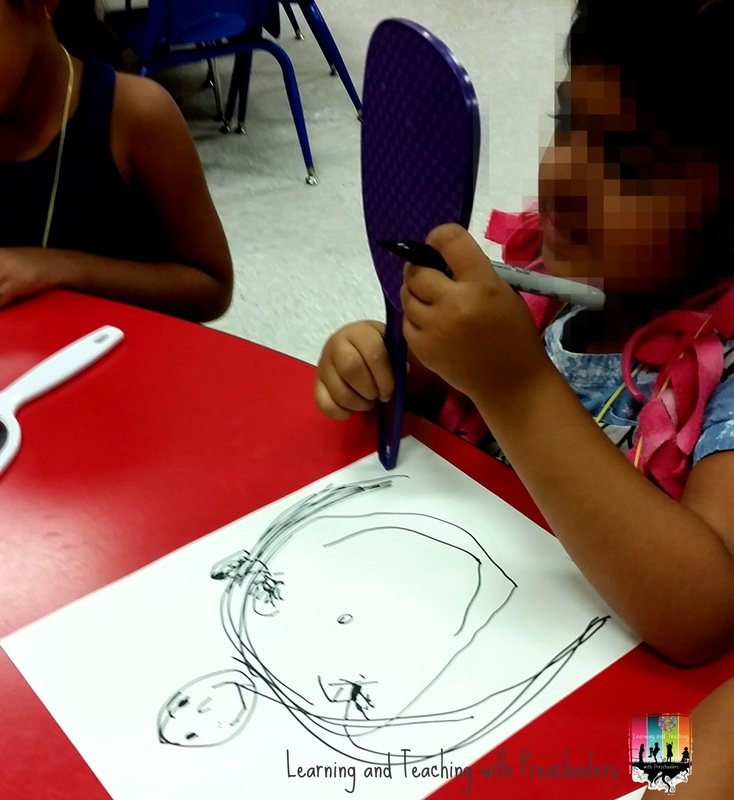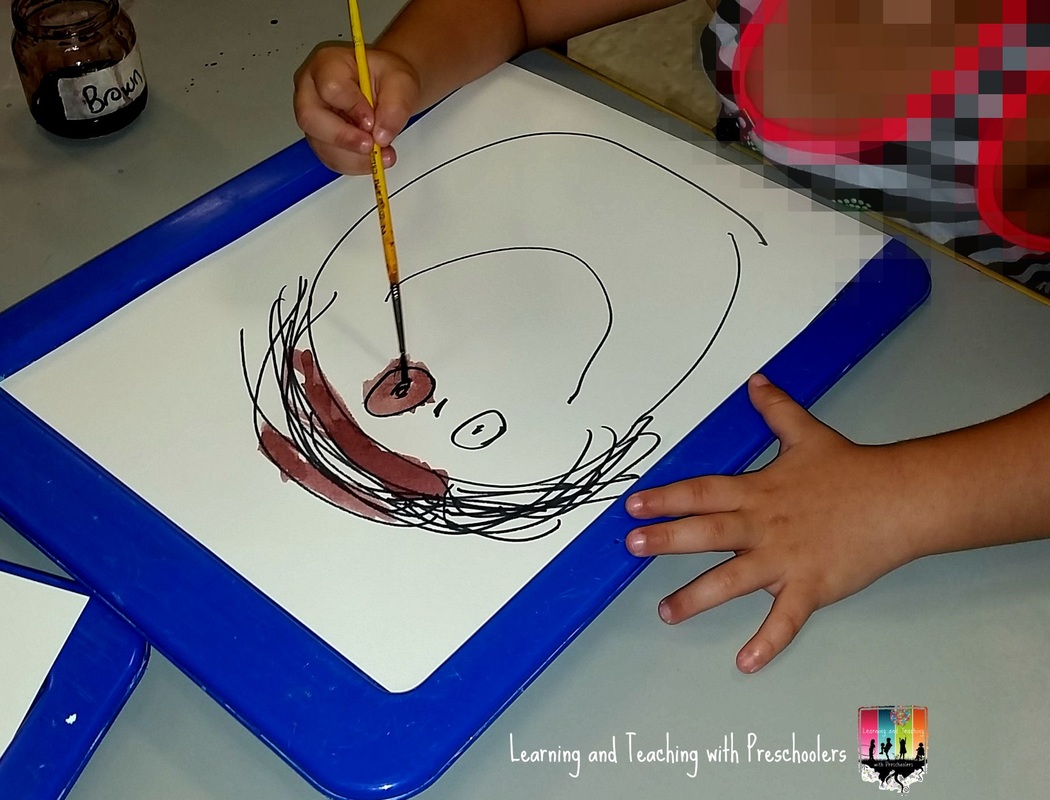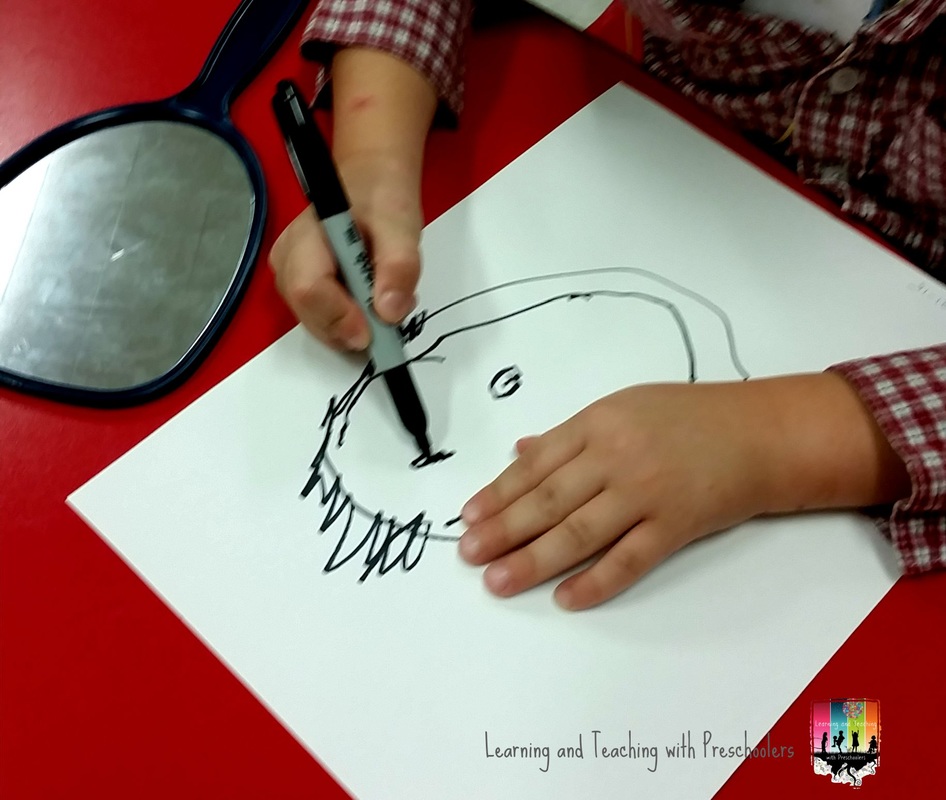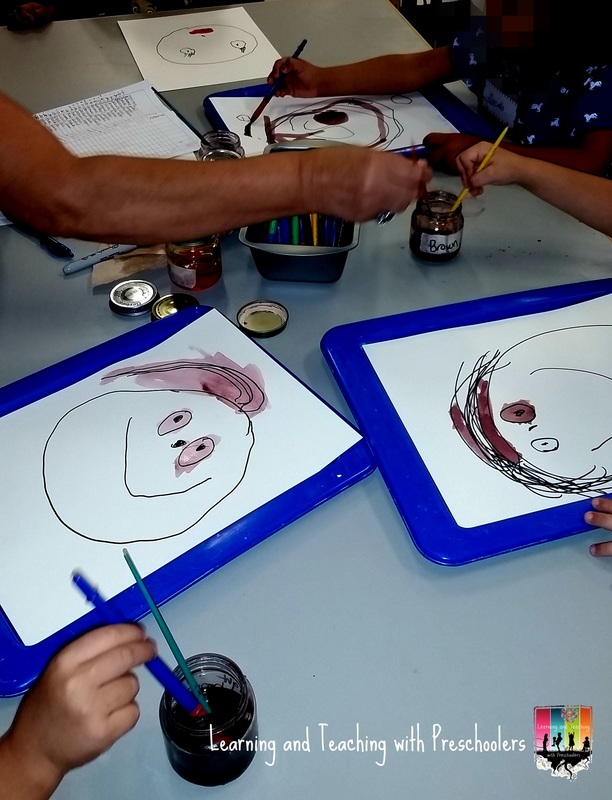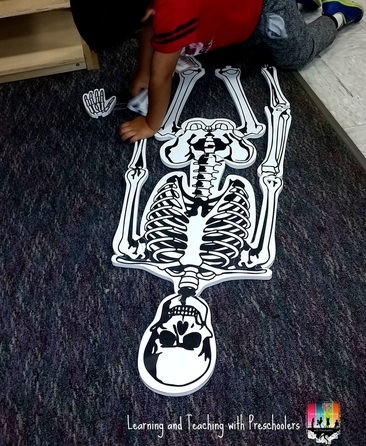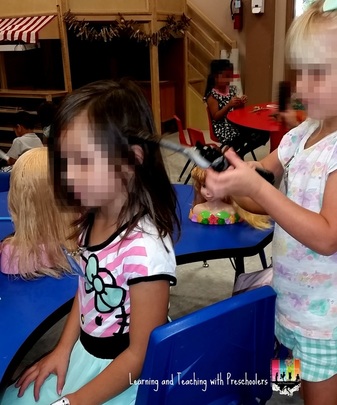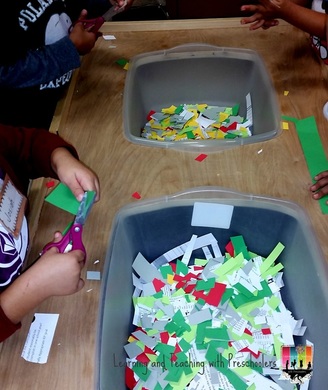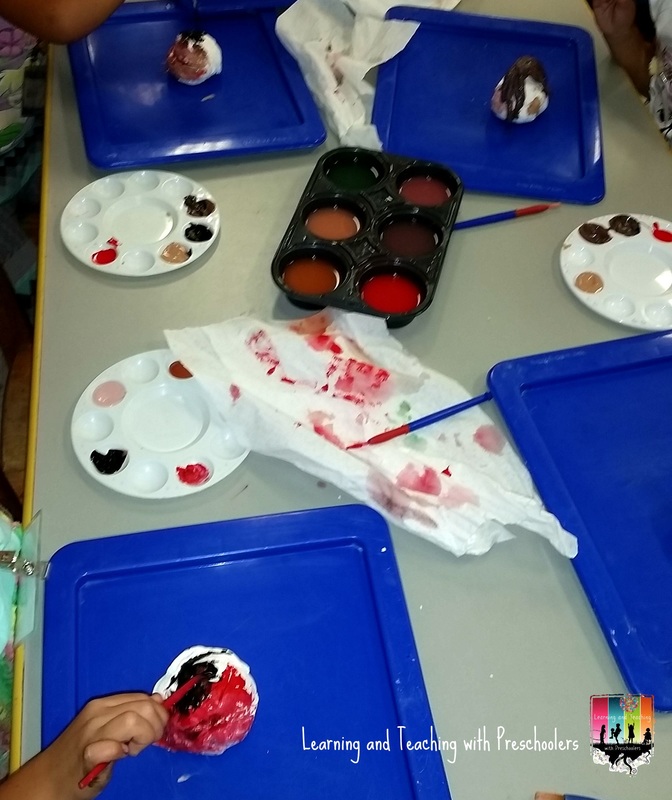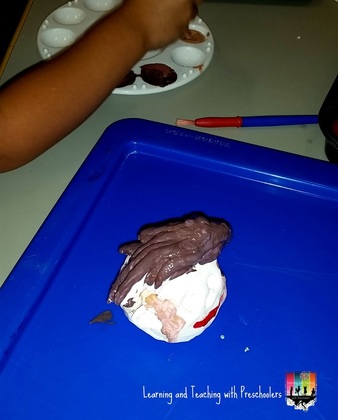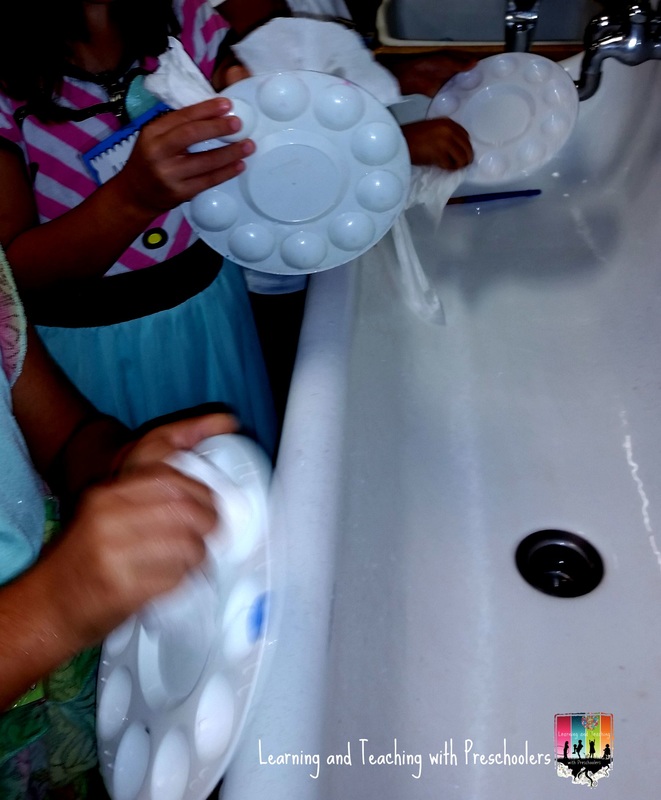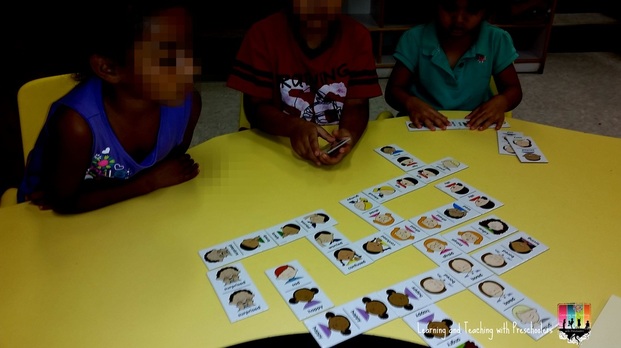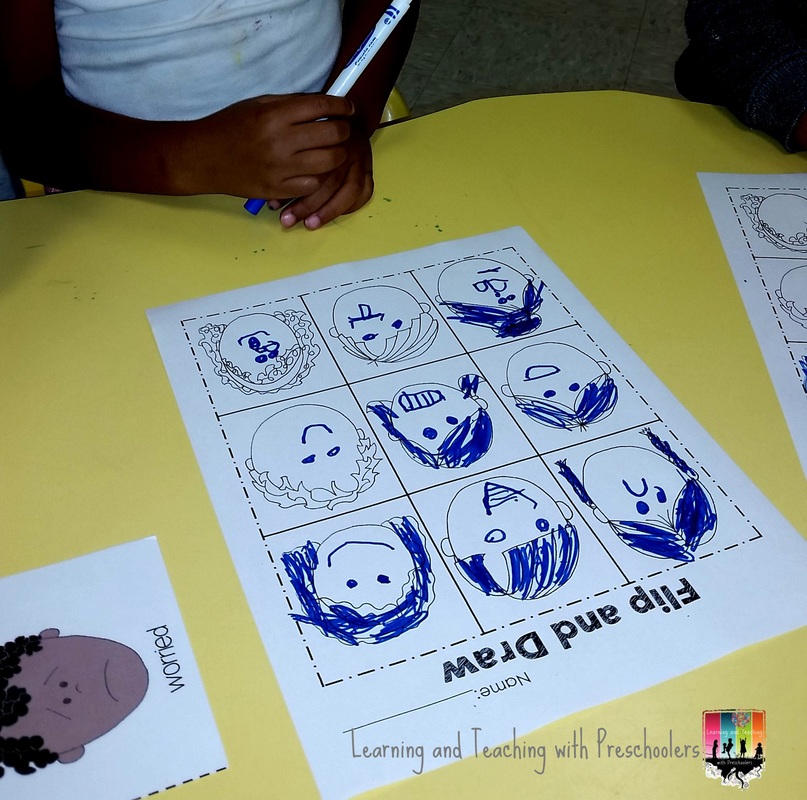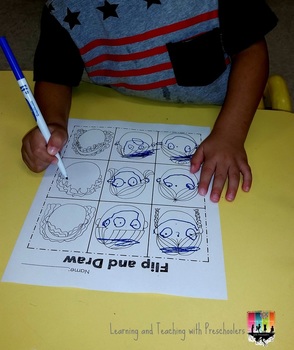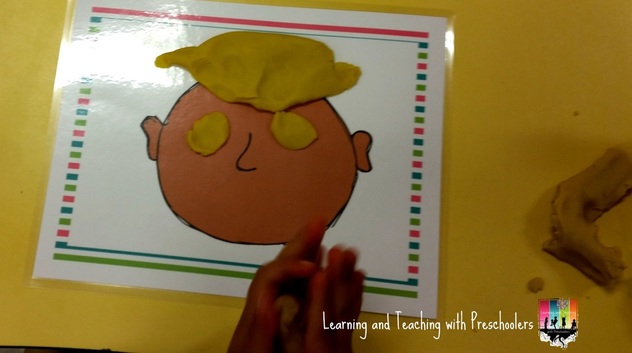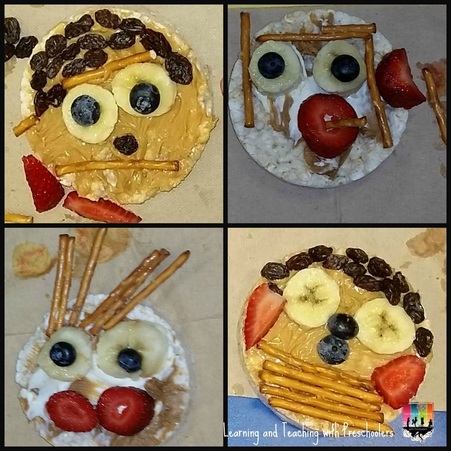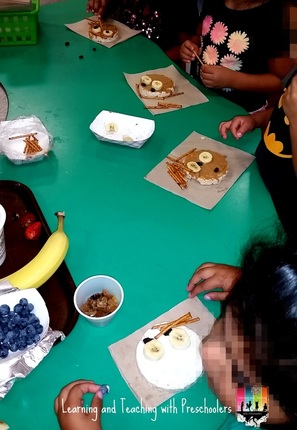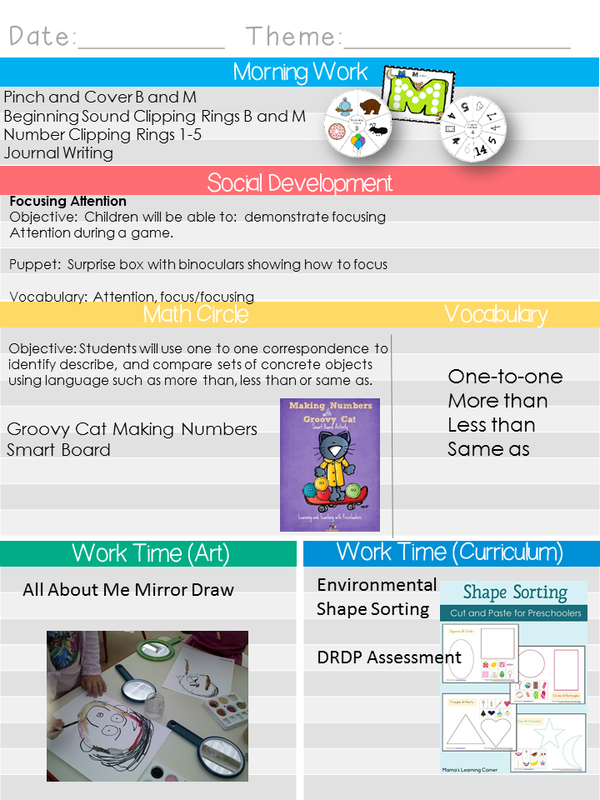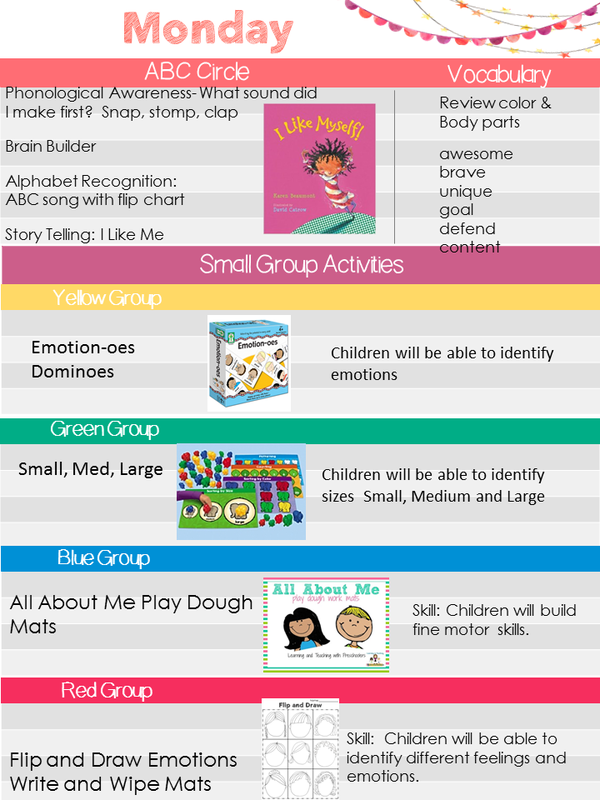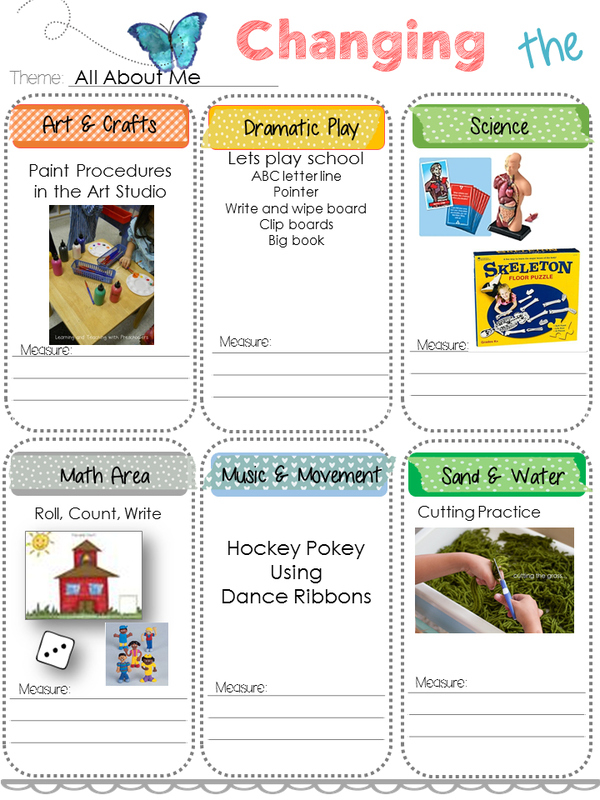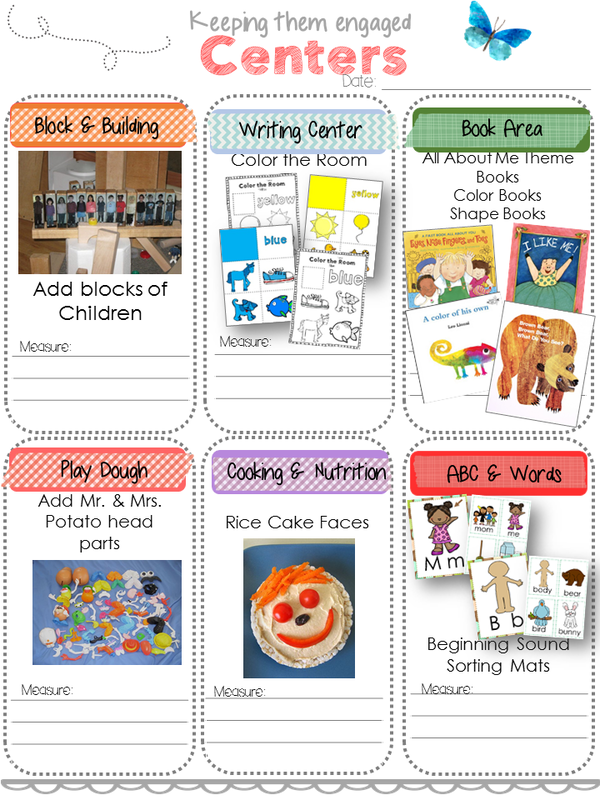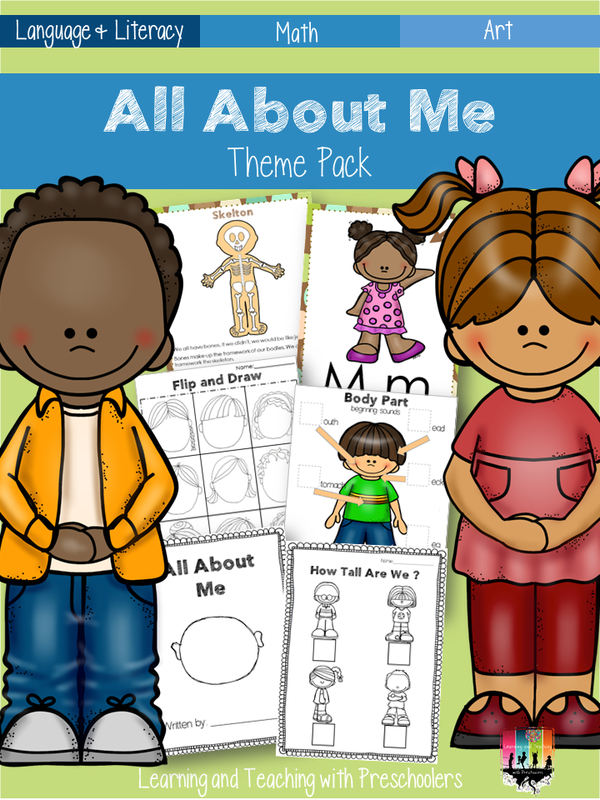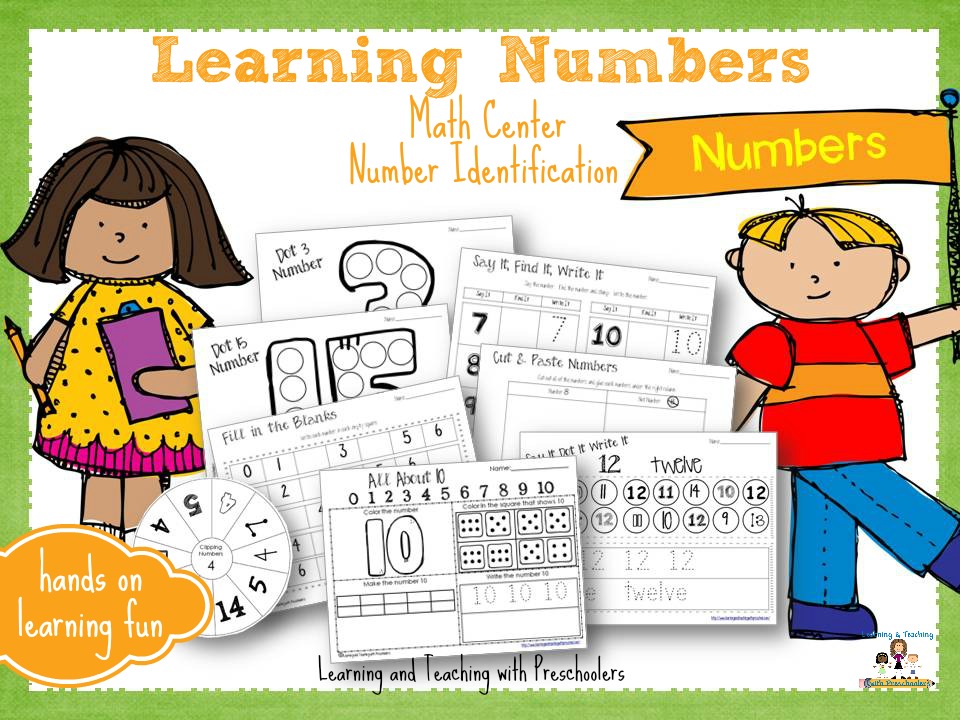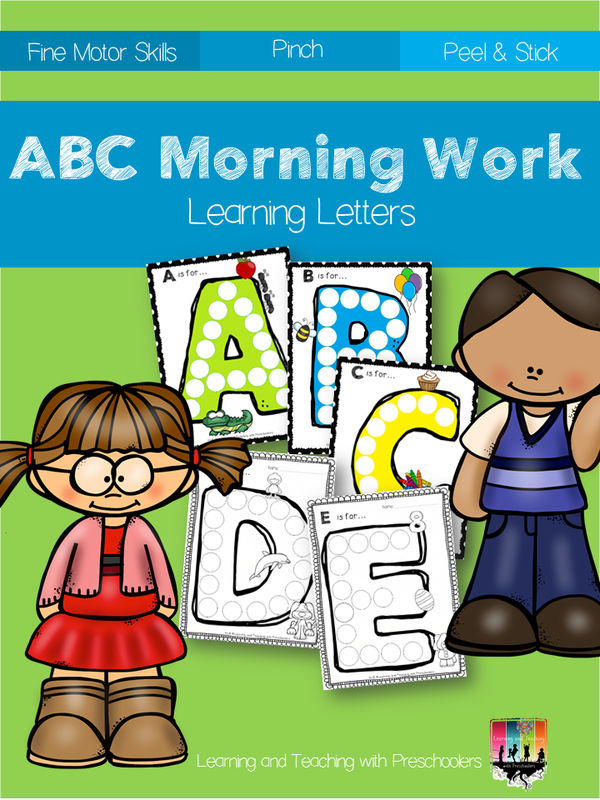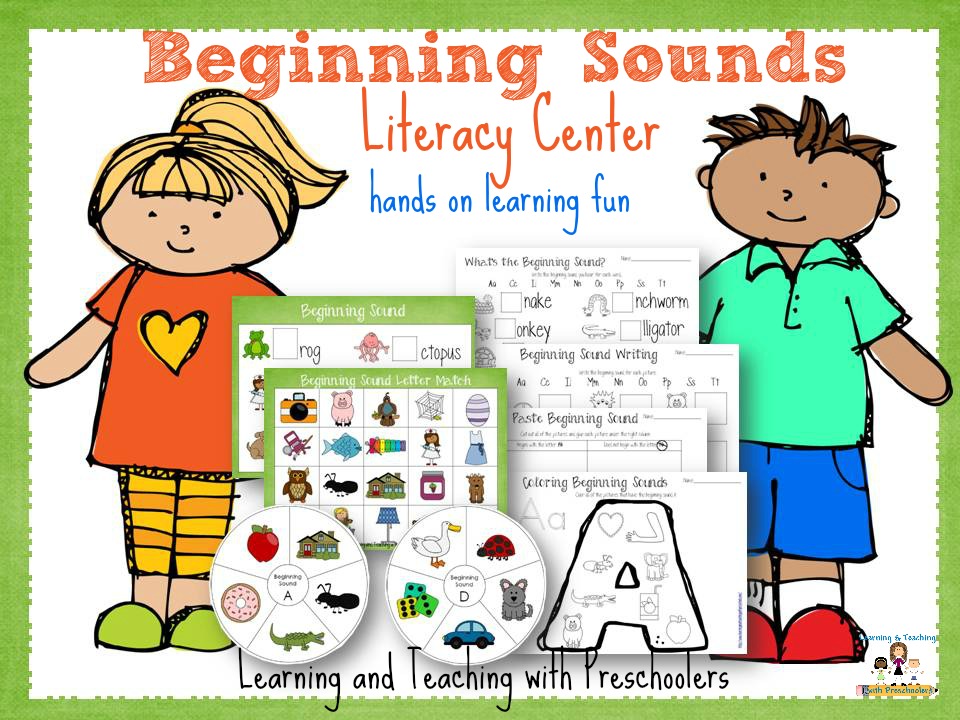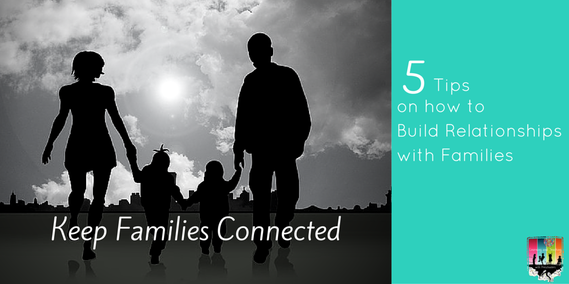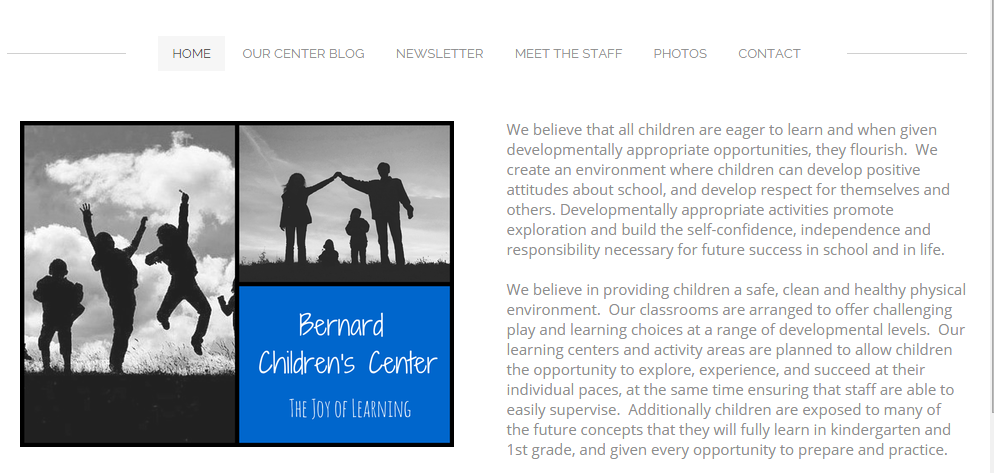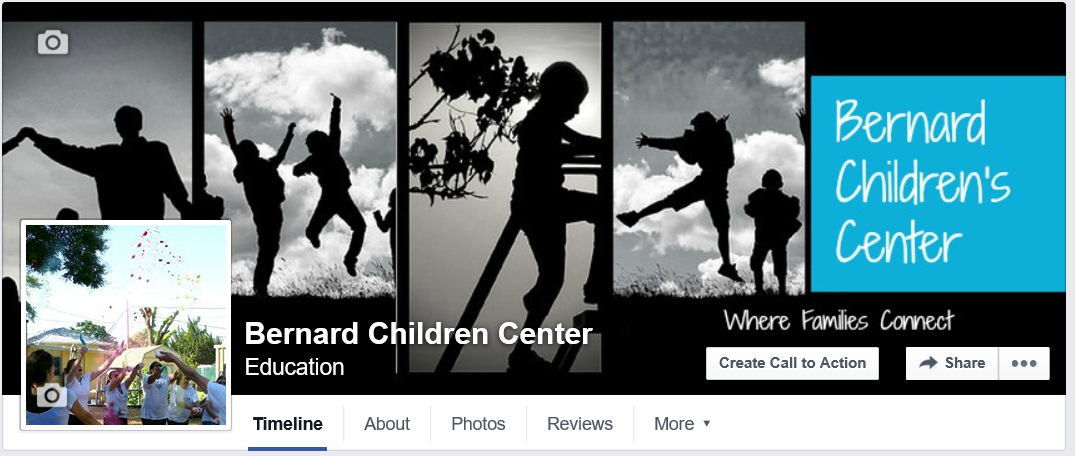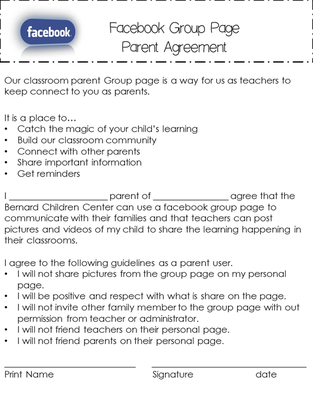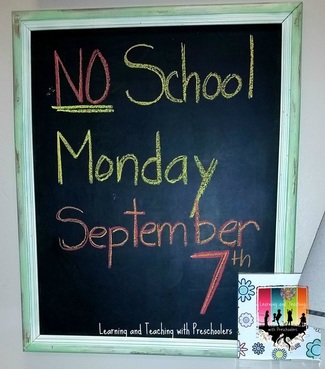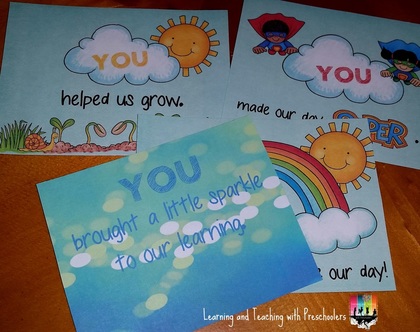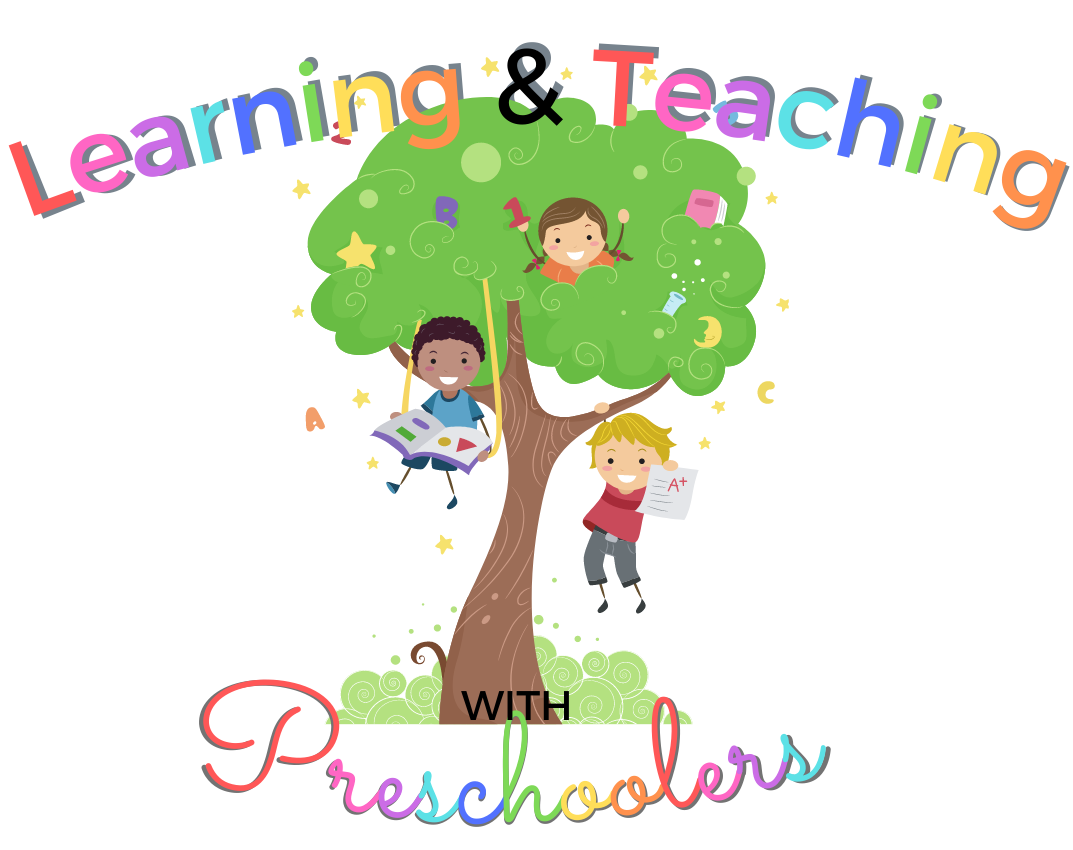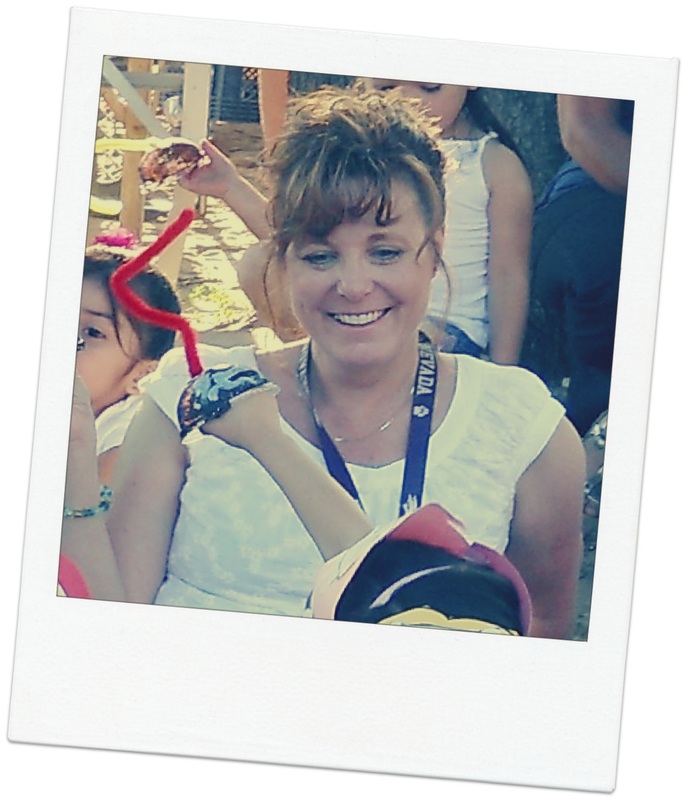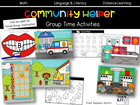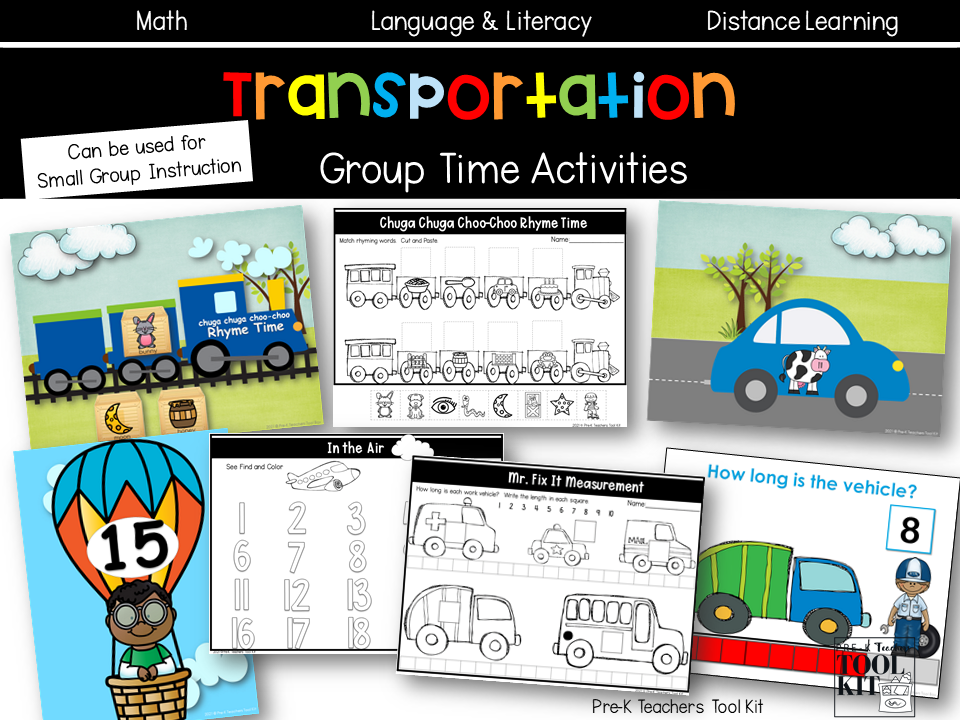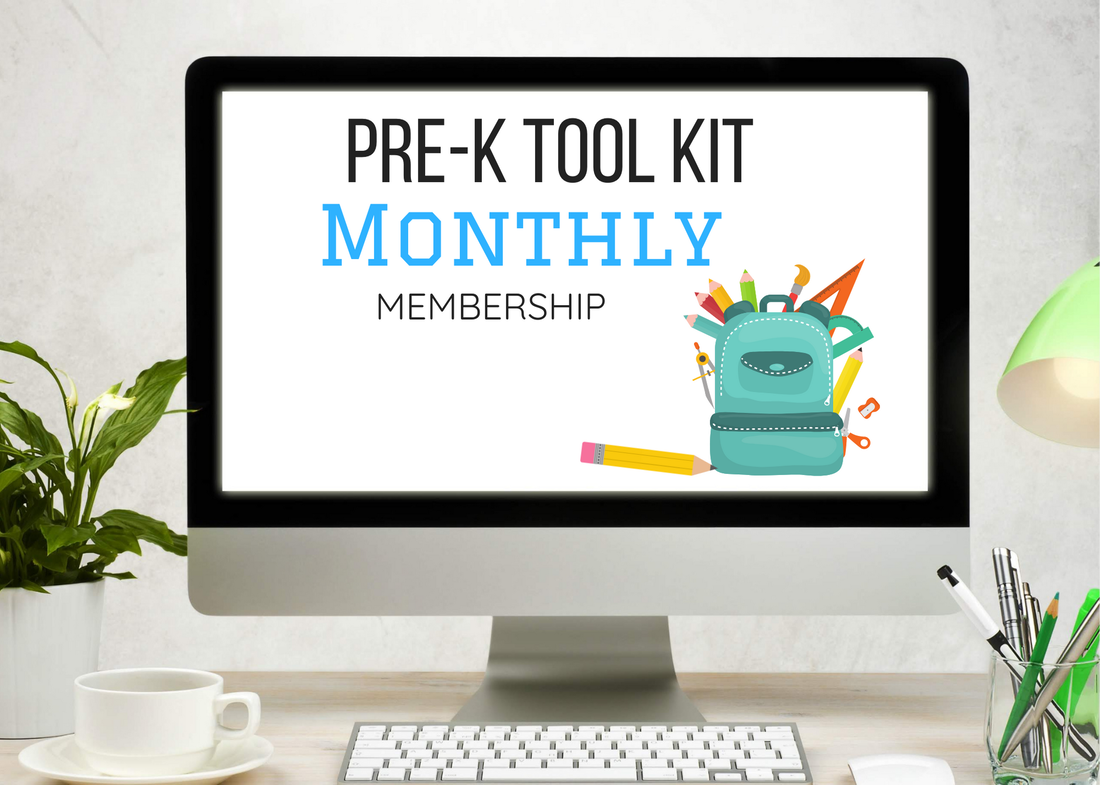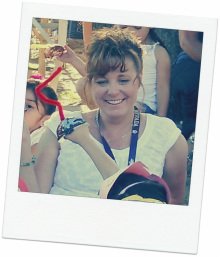All About Me Week 3Morning WorkMorning work time is a time that children can work independently as they come into the classroom. Allowing the teacher time to greet each child as they come into the classroom. Group TimeWe wrapped up our digestive system last week and started our study about our heart and lungs with a group discussion about what they thought our heart and lungs are for. Then we did a little reading. Pocket Chart Our Five SensesGrab it here for FREE Work Time (Learning Centers)Children used hand mirrors to view the details of their face and they drew themselves with a sharpie marker. After completing the drawing they used liquid water colors to finish their self-portrait. In the science center children mastered their skills of the skeletal system with a child size floor puzzle. Some of the children graduated from the doll heads to pretending to style one another's hair. Working on cutting skills in the sensory table with paper stripes.
Small Group ActivitiesChildren learn to talk about emotions with this fun dominoes game using children's faces with different emotions. Flip and draw a emotion. Play dough mats are my little ones top choice when they are out and these All About Me play dough mats are no exception. Preschool Cooking ProjectThis cooking project will go down in the book again for next year. The children enjoyed it, the teachers enjoyed it for it's health value. It was a win, win on both sides. All About Me Week Three PlansHere's what we worked on... All About Me Social Emotional - Focusing Attention Letter M is for Me and B is for Body Science - How Our Heart and Lungs Work Name Recognition Color Reviewing Yellow and Blue Shape Square Making Numbers My Plans Monday Changing CentersDownload Plans
Main Resource
0 Comments
As the newness of the year wears off it is important that we keep our families engaged and involved in the school community. When families are involved with the school community it helps children develop healthy behaviors and promotes healthy families. Research shows that children who have parents that are involved are more likely to...
But the big question is how do we keep them connected and engaged in the school community when families have such busy schedules. With different and busy schedules you might not always get to see your families at drop off or pick up times to connect face to face. So it is important to have different forms of communication available so that you can meet the needs of all your families. Here are 5 Tips to help you build relationships with families. 1. Be AccessibleHave an Open Door policy. When you establish your open door policy make sure to set boundaries, give parents set times that they can visit the classroom. Explain to them the importance of keeping children in a routine during the instructional time of the day. When routines get interrupted it can cause chaos. An open door policy can also mean phone calls. I want parents to know that they can contact me about anything, questions, concerns, upsets, or even worries. If they leave me a message I will return calls each day. 2. Set Up a Parent Classroom Web SiteA parent classroom web site can take the place of a school to home communication folder. We all know that those folders end up in the black hole of the children's backpack, or under the seat of the car never to be seen again. The web site can house all of the weekly newsletters and fliers in one easy to find place. Parents will always know where to go to find the information they are looking for. 3. Facebook Group PageAnother way to get your families involved and engaged is to set up a Facebook Group Page. Parents can connect with you and other families in the classroom. Need help with an upcoming classroom party. Post the event on your group page for parents to sign up and help out. They will be able to see right there who is bring what and what still needs to be done. They can plan with one another right their, no phone calls needed. Make sure that you establish ground rules with a parent agreement for the page.
4. Information Boards5. AcknowledgementWhen we say thank you we want the other person to know we value what they've done for us. Everybody likes to be acknowledged with a simple thank you. Even our parents like to hear it. So When our families volunteer or bring items to the classroom for projects it is always nice to give them appreciation for what they have done. You can do this with a simple "thank you" in person, but if you really want those parents to feel appropriated that they have made an impact on your classroom and the learning going on in it, than giving them a Thank-You card is the way to go. It tells them that they are a valued member of the classroom community and their involvement has helped to form a healthy and happy community of little learners.
Grab your free set of Thank-You post cards and start Thanking your parents tomorrow. The more you acknowledge your families engagement the more involved they will become.
|
Welcome!I'm Tami Sanders creator of Learning and Teaching with Preschoolers, a blog to help teachers create magical moments for the young. Follow MeArchives
May 2024
|
||||||||||||||||||||||

